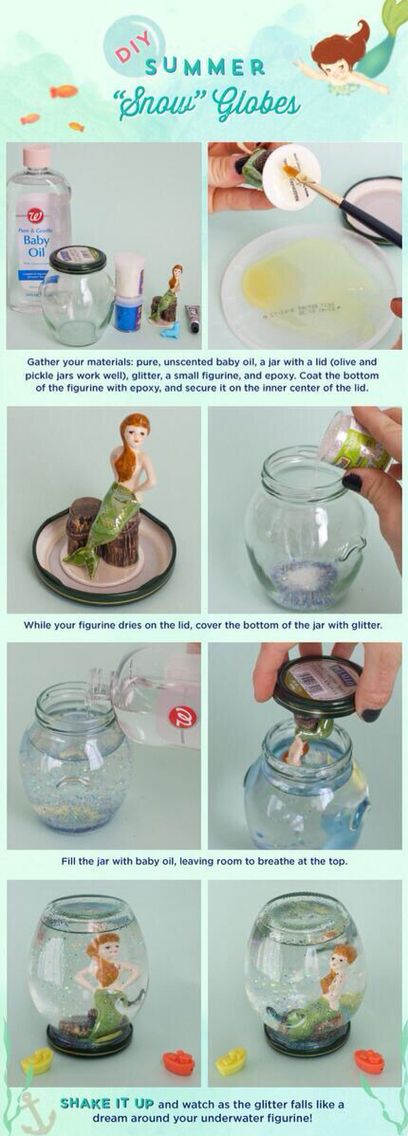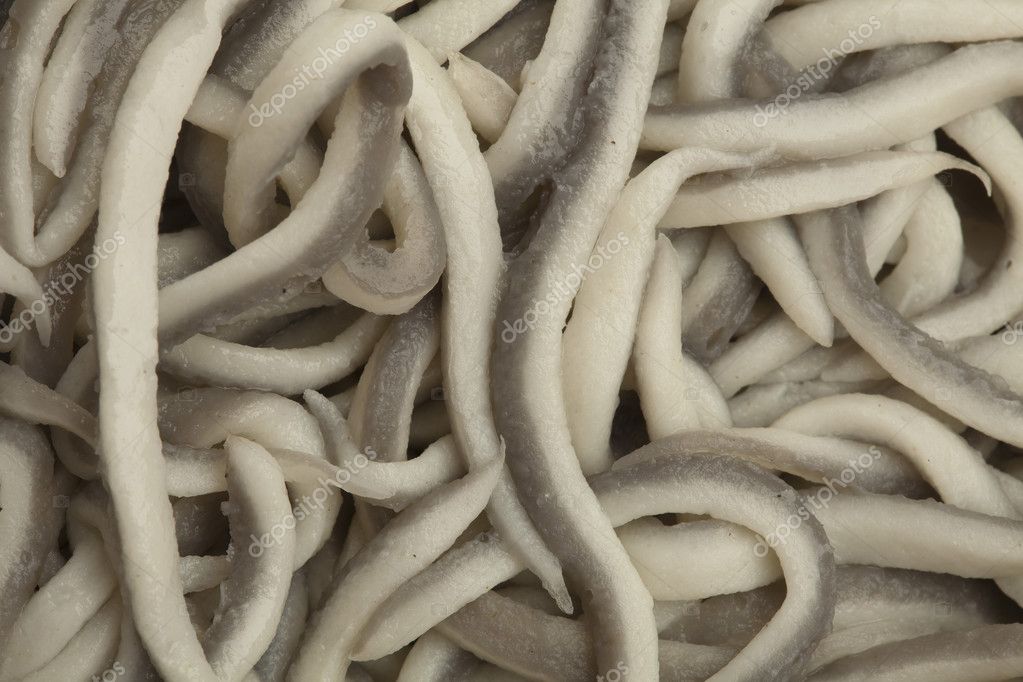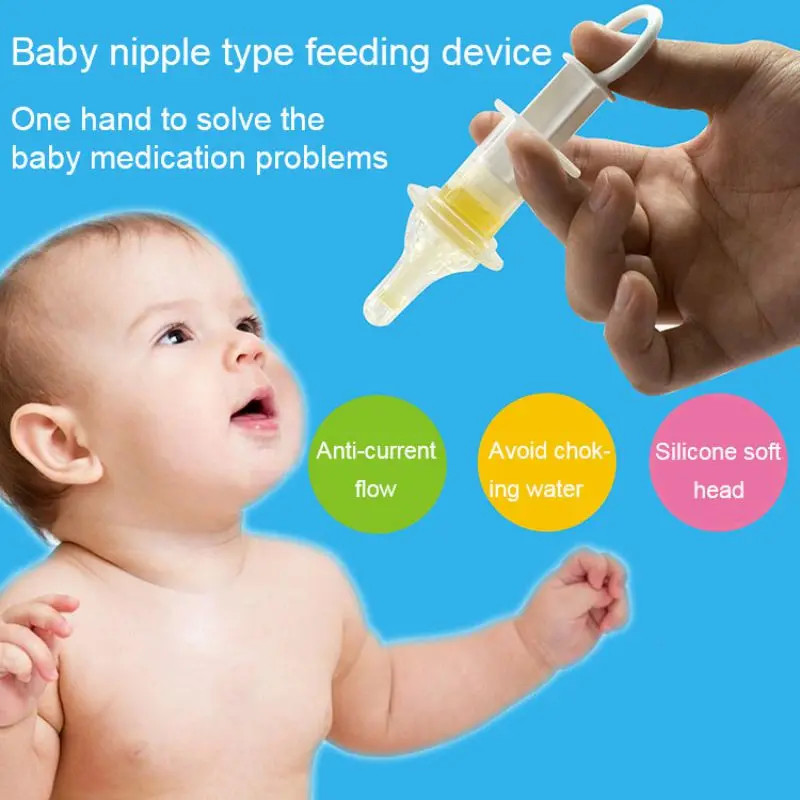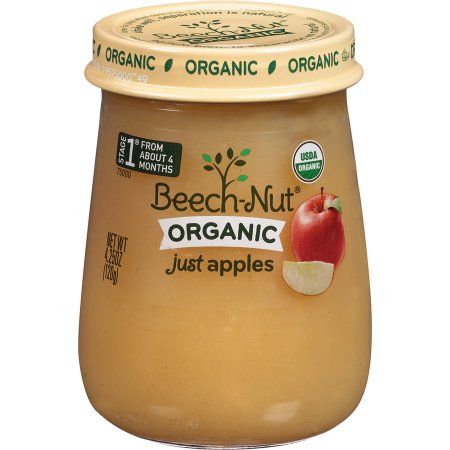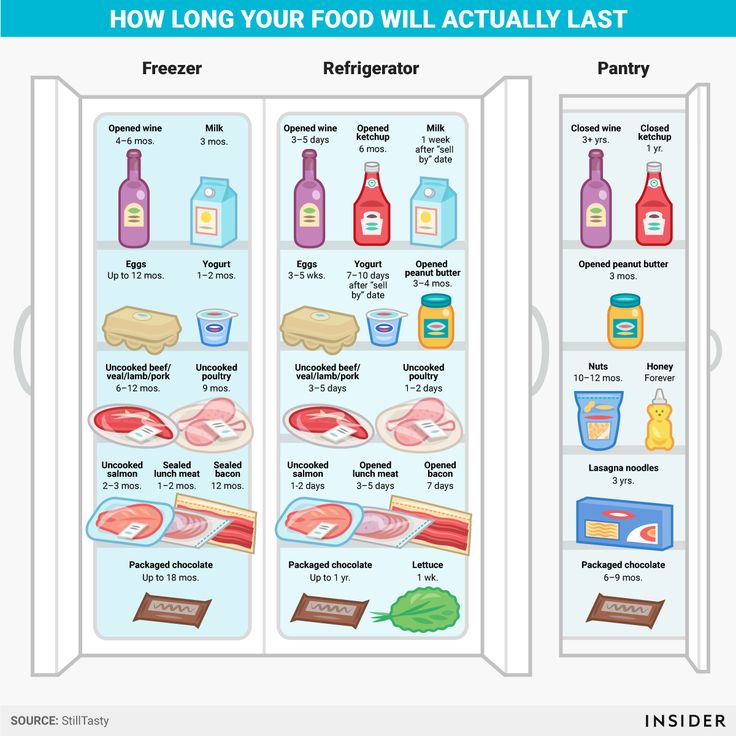Bottle feed baby deer
Wildlife First Aid - How to Feed Baby Deer (Fawns)
Baby fawns go through two containers of milk a day. All goat milk or a fawn replacement milk should be used. Some Walmart stores carry goat milk; Tractor Supply stores carry a wildlife replacement milk that will include fawns on the back label.
A newborn fawn is the size of two Chihuahuas. It's important to add seven drops of lactate as well to the formula. If you have a young fawn, do not add anything solid.
When
they are the size of the deer in the photos below, add
some solid food to the formula such as baby rice or baby
cereal.
Mix it well with water until it has a pudding-like consistency.
Deer love sweet tastes, and bananas are always a good
source of sweetness. For older deer, you can add a banana,
but be sure to beat it with a fork until it liquefies.
You can put it into a blender or use a mixer and stir
it up -- but make sure the banana seeds don't clog the
nipple.
| The hole in this nipple is too large! |
Also, be sure that the hole in the nipple
is not too large so the liquid cannot be drunk too quickly. If they drink too fast, they will give themselves a stomachache
along with having digestive problems.
If they drink too fast, they will give themselves a stomachache
along with having digestive problems.
Before feeding, heat up the formula. You don't want to feed deer cold formula. Then give it to the deer before everybody else eats it. (Ingrid said that as one of her cats was sampling the formula to be sure it was just right.)
Use a funnel to pour the mixture into
baby bottles (two per fawn per feeding).
There
should
be
two feedings a day. Be sure to heat the liquid.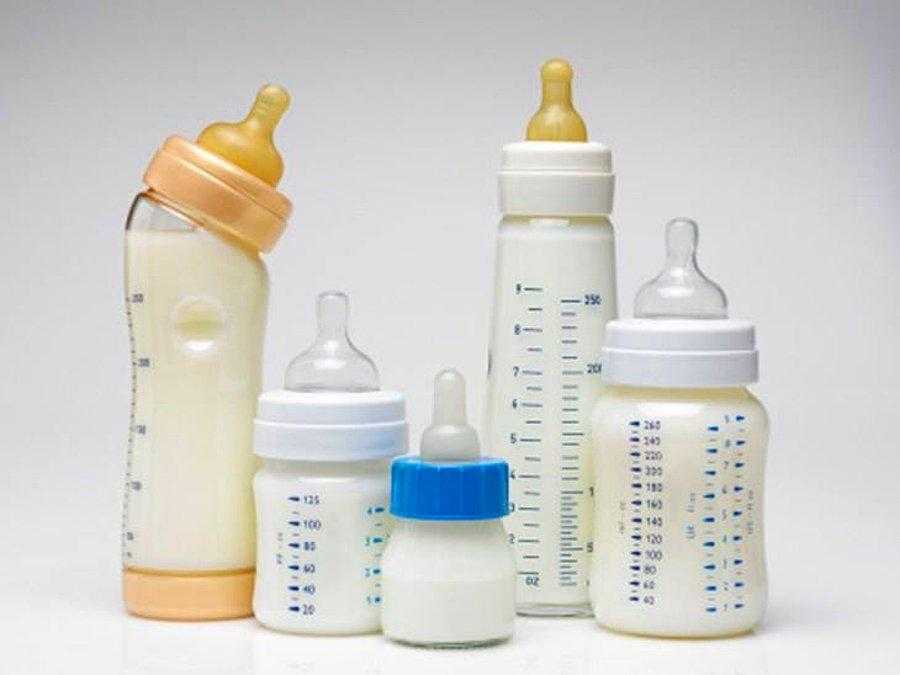 It must
be given very warm.
It must
be given very warm.
When feeding, keep the bottles high because that's how they would eat from the mother as she stands up
They go through it quickly.
You can pull and push back and forth as you feed, because that's what the mother does.
Also take a warm wet cloth and wipe the genital area to help stimulate the bowels. If they are not kept regular, they will get diarrhea or become constipated.
The deer in the photo are not that young,
more like two months old.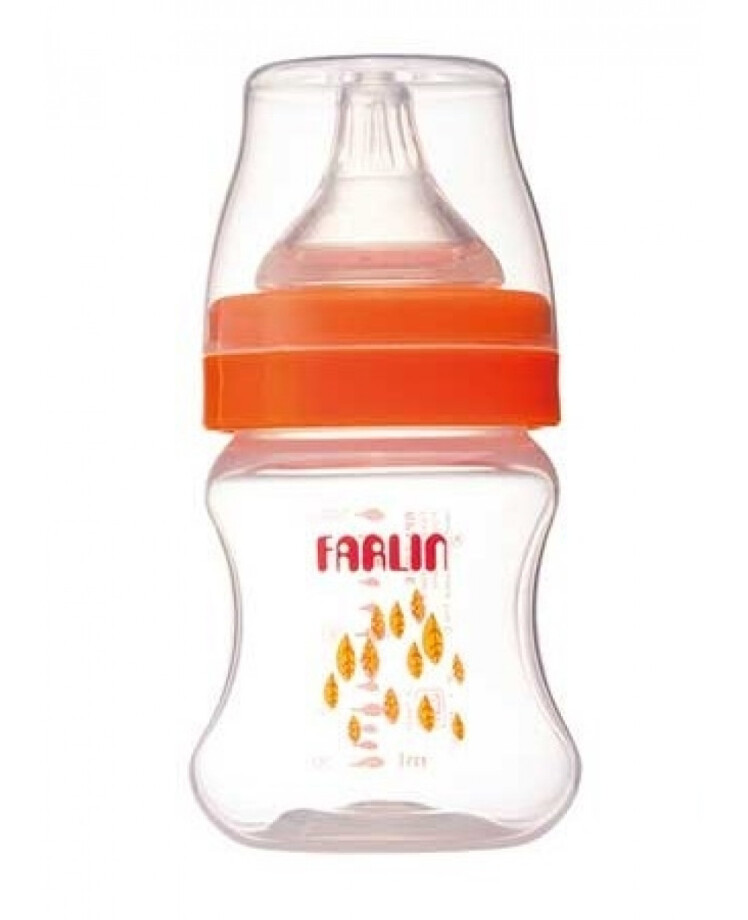 By the way, these guys
are not related.
By the way, these guys
are not related.
If they're older, you can chop up carrots or apples and just stick the pieces in their mouth. When deer go from formula to other foods, it's a big move.
FURTHER NOTES:
Unless you actually see a dead doe, leave the fawn alone. Fawns are rarely orphaned. The mother will often run if you approach, and return to the fawn after you leave; the fawn can't run, and will typically freeze and try not to be seen.
Be sure to contact an animal rehabilitator
promptly if you are dealing with a young fawn, because
they imprint quickly, and once imprinted, are problematic
to
release into
the wild.
Wildlife Watch / Rehabilitator Hotline: 877-WILD-HELP |
SEE ALSO:
The R.O.C.K. column is each issue of the
Wildlife Watch Binocular.
Back to First Aid Index
Fawn Care Guidelines - NADeFA
By Dr. Cliff Shipley
These are general guidelines for raising whitetail and mule deer fawns. There are diseases and conditions that may be specific to certain areas or where these guidelines don’t work! As always, if it ain’t broke, don’t fix it! Always consult your local veterinarian for area specific conditions and to see if certain antibiotics or other medicaments may work better in your area or at different dosages.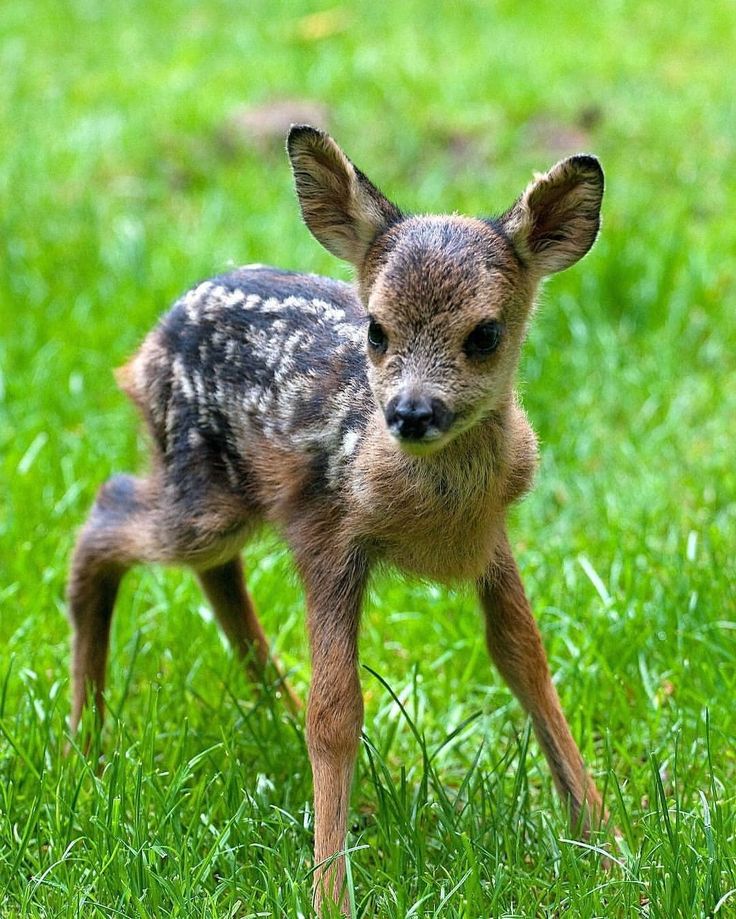
Colostrum is the most important thing in the fawn’s life. It contains antibodies to the diseases that the does have been exposed to or vaccinated for. It also contains vitamins, protein, energy and laxative to get their intestinal tract working. We also believe that it contains factors that help prime the immune system to work properly. If they do not get colostrum, they are more likely to get scours, pneumonia, necrotic stomatatis, become chronic poor doers, succumb to other diseases and die. Colostrum can be obtained from milking out does that have lost their fawns (trust me, it’s tedious but worth it) or from someone that has cows, goats, sheep. You just need to be aware of the disease status of the place you get the colostrum from as you may lose your TB status or infect your fawns with Johne’s or other diseases. A tip that may be useful is to go to the drug store and get a breast pump to help you obtain colostrum from a doe. Heat treating or pasteurizing this non-farm colostrum may be your best bet to make sure you don’t spread disease.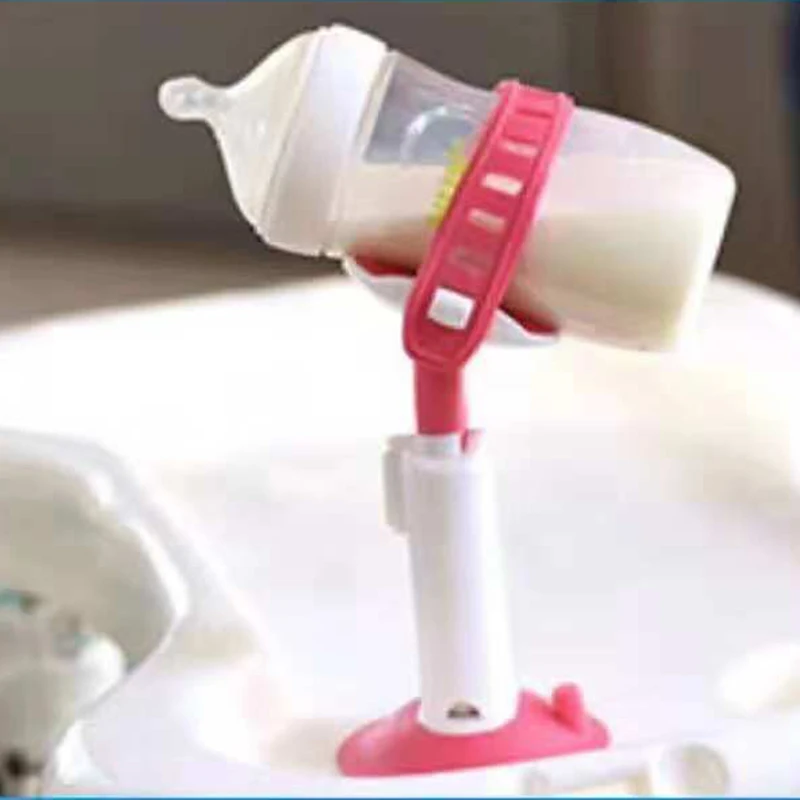 The following are suggestions for things that you can do to help make your fawning season more successful and hopefully raise healthy fawns. If you have vaccinated your does pre-fawning for some of these diseases, you may not want to or have to give some of these things to the fawns.
The following are suggestions for things that you can do to help make your fawning season more successful and hopefully raise healthy fawns. If you have vaccinated your does pre-fawning for some of these diseases, you may not want to or have to give some of these things to the fawns.
Birth/Day 1:
- Allow fawn(s) and doe to bond/nurse
- If cold, multiple births, or doe fails to claim fawn(s) or they don’t nurse:
A. Tube with colostrum (cow/doe; goat/ewe) or give First Catch Fawn or allow fawn to nurse colostrum from bottle
B. Pull fawn and bottle raise (make sure it gets colostrum either via tubing or nursing from bottle)
C. Graft to another doe
8 to 18 Hours (8-12 works best for me)
- Tag (each state may have different requirements, try to get a herd tag and a “state” tag in so they can be identified properly. Microchipping and tattooing may also be options for some producers.
- Give First Catch Fawn or E.
 colizer + C (2-5 ml orally) or E. colizer (2 -5 cc orally) plus C&D antitoxin orally/SQ (use lamb label dose). I do this to ensure that the fawns get colostrum and protection against E. coli and Clostridium Type C&D. If the does have been vaccinated and you’re sure the fawns got plenty of colostrum, you can skip this, but for the most part it’s pretty cheap insurance on those expensive fawns.
colizer + C (2-5 ml orally) or E. colizer (2 -5 cc orally) plus C&D antitoxin orally/SQ (use lamb label dose). I do this to ensure that the fawns get colostrum and protection against E. coli and Clostridium Type C&D. If the does have been vaccinated and you’re sure the fawns got plenty of colostrum, you can skip this, but for the most part it’s pretty cheap insurance on those expensive fawns. - Antibiotics are optional, but in high risk fawns (cold, small, no colostrum) you may want to give prophylactic antibiotics or if certain diseases are common on your farm/ranch. I recommend SQ (under the skin) because I don’t want to hurt any muscles on that delicate fawn and most medications are absorbed as well SQ as they are intramuscularly (IM). The FDA has recently outlawed all extralabel use of Excede so depending on how you or your veterinarian interpret the rules, you may not wish to use. I haven’t decided yet myself!
a. Excede 0.15 ml SQ or
b. Draxxin 0.1 ml SQ or
c. Nuflor 0.6 ml SQ
Nuflor 0.6 ml SQ - Vitamin E/Se (if in deficient area: make sure you consult with your local veterinarian) 1cc BoSE SQ
- ProbiosR or similar product: lamb dose or 1/10th to _ calf or foal dose. There are many probiotic preparations on the market. Many also have some vitamins and minerals as well. There are some deer specific ones that you may want to use that may be easier to titrate the dose on.
- Vitamin AD 0.05-0.1 ml SQ optional. If does have had poor nutrition or under lots of stress probably need to do. If fawns are weak or slow probably need to give.
- pull hair sample for DNA. Put in a paper envelop and label appropriately
- may want to consider giving plasma/transfuse fawns if unsure of colostrum intake, weak, sick, extremely valuable. Also can test for failure of passive transfer by your veterinarian doing a total protein test. Transfuse all that fail.
24-72 Hours
Pull fawns that you are going to bottle rear.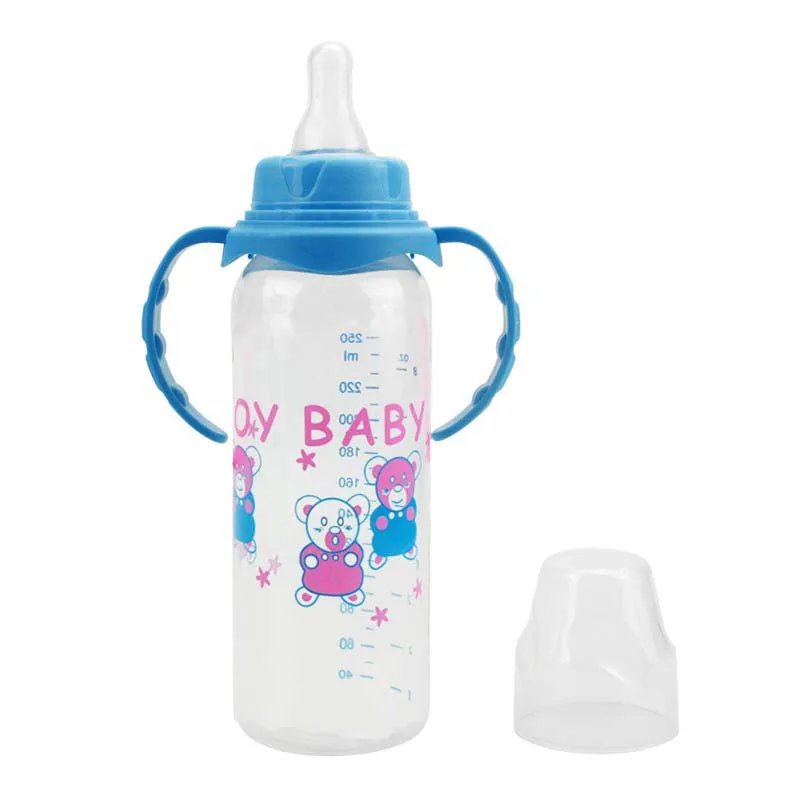 Everyone pulls fawns for bottle rearing at different times. Do what has worked best for you in the past. Once fawns are 24 hours old or so, their gut ‘closes’ so that they probably won’t absorb any more antibodies from the doe, so that is a good time to pull them. Some people like to wait longer, but the longer you wait, the more difficult it is to start the fawn on the bottle. I personally like to wait till they are 24 to 48 hours old and pull them late afternoon/early evening and then try to feed them once before I go to bed. If they eat, fabulous, if not, they are hungry in the morning and usually take right off on the bottle.
Everyone pulls fawns for bottle rearing at different times. Do what has worked best for you in the past. Once fawns are 24 hours old or so, their gut ‘closes’ so that they probably won’t absorb any more antibodies from the doe, so that is a good time to pull them. Some people like to wait longer, but the longer you wait, the more difficult it is to start the fawn on the bottle. I personally like to wait till they are 24 to 48 hours old and pull them late afternoon/early evening and then try to feed them once before I go to bed. If they eat, fabulous, if not, they are hungry in the morning and usually take right off on the bottle.
For those of you who don’t want to bottle raise, some people are trying to ‘imprint’ their fawns to make them semi-tame. This is a technique that horse people have been using for years. Simply catch, hold, play, rub, pet the fawn early and as often as you can to imprint on it that humans are not all that bad, while letting mom do the feeding. Early reports are that the fawns are not as tame as bottle babies, but tame enough that they are happy with the results.
Bottle Feeding
First week or so: 2 to 4 ounces five times a day. I feed at 6 a.m., 10 a.m., 2 p.m., 6 p.m. and 10pm to 11 pm. You can feed more often and smaller amounts, but you should try to feed 10% to 20% of the fawn’s body weight per day in milk. So if your fawn weighs 6 lbs (96 oz), then 10% is about 10 oz., 20% is 20 oz., etc. This allows the fawns to grow at the rate you want.
If using a formula designed for fawns or goat milk replacer, the fawns should not scour using these guidelines. Fawns do not scour generally from feeding (with the right formula), they scour from disease (E. coli, Salmonella, rota or corona virus, Clostridium, coccidiosis, etc). If properly cared for and clean equipment used, you should not have scour problems. If you do, then something is wrong and you need to adjust accordingly.
I often encourage using milk replacer. Use one that is formulated for fawns and mix according to the directions. If you have problems, you should analyze your water as it may have bacteria or mineral content that is causing the problem.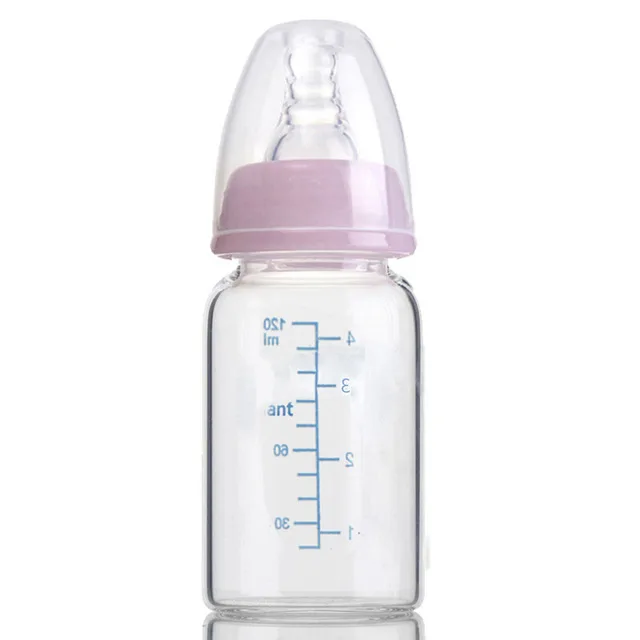 If you do feed goat milk, make sure your source doesn’t have Johne’s Disease, Caseous Lymphadenitis or other diseases and has your same TB status. I know people that have successfully raised fawns on lamb milk replacer, whole cow’s milk and other formulas. If it ain’t broke, don’t fix it, but if you look at all the data, fawns should and usually do better on species specific milk due to the fat and protein and sugar content being most similar to the doe.
If you do feed goat milk, make sure your source doesn’t have Johne’s Disease, Caseous Lymphadenitis or other diseases and has your same TB status. I know people that have successfully raised fawns on lamb milk replacer, whole cow’s milk and other formulas. If it ain’t broke, don’t fix it, but if you look at all the data, fawns should and usually do better on species specific milk due to the fat and protein and sugar content being most similar to the doe.
Fawns will need to be stimulated to defecate and urinate for the first few weeks. I generally recommend you use rubber gloves and baby wipes and stimulate while feeding. This is what the doe does and usually you can perfect the technique so you can catch and do not have much ‘wiping’. You may want to change gloves between fawns so that you don’t spread any potential diseases from fawn to fawn.
I usually recommend decreasing the number of feedings every 10 days or so by one. So at 10 days, drop to four feedings per day (6 am, 12 pm, 6 pm and 10-11 pm) and all they can eat. I know this is heresy and most people calculate things out to the ounce, but about 20 percent of body weight is all they can consume, and I have not had any problems. Once again, if you are doing something that works, don’t change. I’m lazy and want my fawns to grow as fast as they can.
I know this is heresy and most people calculate things out to the ounce, but about 20 percent of body weight is all they can consume, and I have not had any problems. Once again, if you are doing something that works, don’t change. I’m lazy and want my fawns to grow as fast as they can.
Generally with this schedule, feed three times per day around 20 days (6-7 am, 2-3 pm and 10-11 pm), twice a day at 30 days of age (6-7 am and 6-7 pm), and once a day at 40-50 days. You can wean them as soon as you think they are consuming enough dry feed and greens or you get tired of feeding them. I have several producers that feed three times a day from the start and don’t have any problems. I’m probably going to try that this year due to my ‘free’ help starting to disappear. I may even be so bold as to go to twice a day after the first 3-5 days due to the fact that while doing some research, I found a couple of articles on normal (non-captive) deer feeding behavior and it indicated nursing activity of 2-3 times per day. I will let you know how that turns out
I will let you know how that turns out
Offer fresh, clean water everyday in a small bowl. Also offer small amounts of “creep” feed or your regular deer ration. Keep it fresh and clean by cleaning the bowls daily and offering new feed. I generally recommend a 18% ration for fawns, but if you are successfully feeding 20%, that’s fine. I also hand feed select ‘greens’ — hand-picked alfalfa, clover, dandelions, etc. — to the fawns every day for them to nibble on. You can also use very good quality alfalfa or other legume hay, but I think that they eat the fresh stuff better. Some people offer ‘clean’ dirt in a bowl from birth on. The theory is they get some nutrients from the dirt to help them and their intestinal tract function better. I know many people who do and don’t do this and they all get along fine.
I keep fawns in separate pens and isolated from other fawns for several reasons. They will ‘bond’ better to humans (may want to get them used to multiple people) if kept separate and it greatly decreases the chance of spreading disease between the fawns. Think like a dairy farmer raising calves in calf hutches. I generally mix the fawns in small groups depending on numbers and fawn growth and conditions at 3 to 6 weeks (or more). If they start to nurse/suck on each other (ears/tail/navel) then I either take them apart or spray vinegar or Chew Guard or Bitter Apple or Bitter Orange on the fawn part they are sucking on. The latter two products can be obtained from your veterinarian or catalog source.
Think like a dairy farmer raising calves in calf hutches. I generally mix the fawns in small groups depending on numbers and fawn growth and conditions at 3 to 6 weeks (or more). If they start to nurse/suck on each other (ears/tail/navel) then I either take them apart or spray vinegar or Chew Guard or Bitter Apple or Bitter Orange on the fawn part they are sucking on. The latter two products can be obtained from your veterinarian or catalog source.
Fawns could be weaned as early as 60 days or so following these guidelines, but it is usually best to base weaning on feed consumption and body condition. Bottle feeding is time consuming and milk replacer costs lots of money. You will have to use your best judgment and do what fits your situation best. Many people like to feed longer to keep the babies tame and used to humans. Some just like to feed the babies (so do I, but it does get old after a while!).
Pens should be on dirt (if possible) or the new raised decks may work well (I haven’t tried them). The dirt should be covered with two to four inches or so of crushed limestone and then have shavings (or straw) on top. I think shavings work better and I am fond of cedar chips as I think they tend to keep flies away a little better plus I like their smell. Pine shavings or chips are fine but try to get kiln dried (cleaner with fewer bacteria in them) and try to stay away from sawdust on the really small fawns (gets in their eyes). I usually sprinkle some barn lime in every once in a while or when changing the shavings/straw as this changes the pH and tends to keep the bacteria down and the area ‘sweet. Especially as the fawns grow and start urinating enough to keep it wet. Make sure that you have good ventilation so the there is air circulating, but no drafts. This will also help keep the area dry.
The dirt should be covered with two to four inches or so of crushed limestone and then have shavings (or straw) on top. I think shavings work better and I am fond of cedar chips as I think they tend to keep flies away a little better plus I like their smell. Pine shavings or chips are fine but try to get kiln dried (cleaner with fewer bacteria in them) and try to stay away from sawdust on the really small fawns (gets in their eyes). I usually sprinkle some barn lime in every once in a while or when changing the shavings/straw as this changes the pH and tends to keep the bacteria down and the area ‘sweet. Especially as the fawns grow and start urinating enough to keep it wet. Make sure that you have good ventilation so the there is air circulating, but no drafts. This will also help keep the area dry.
Helpful Products
Some products that are commonly used that you may want to obtain prior to fawning are:
- First Catch Fawn and First Fawn milk supplement from Labelle Inc.

- Milk Replacer: Fawn specific such as Superior, Zoologic, Fox Valley, etc.
- Goat milk replacer: Several companies provide this, but if it is inexpensive, it’s probably not any good. Some cheap milk replacers are made from non-milk products and are less digestible. You generally get what you pay, so don’t buy the cheap stuff. Purina, Land-O-Lakes, ADM etc. are usually good sources. There may be others, but read the label. If in doubt, check with your veterinarian or nutritionist. If you are using a product that has a lamb/kid label, mix at the kid rates usually.
- Pritchard nipples: Fawns generally take off on these better than others. They are available from a variety of sources. If in doubt, check Nasco.
- Ear tags: Some states require a special ID. I also like to use the sheep/goat tags so they are double ID’ed.
- Needles, syringes, medications.
- Disinfectant for bottles, navel cord
- Fawn cradle
- Fawn masks
- Put everything that you need in a “tote” or tool box for easy use
- Record book: the shortest pencil is better than the longest memory!
I hope some of these suggestions help you have a successful and fun fawning season.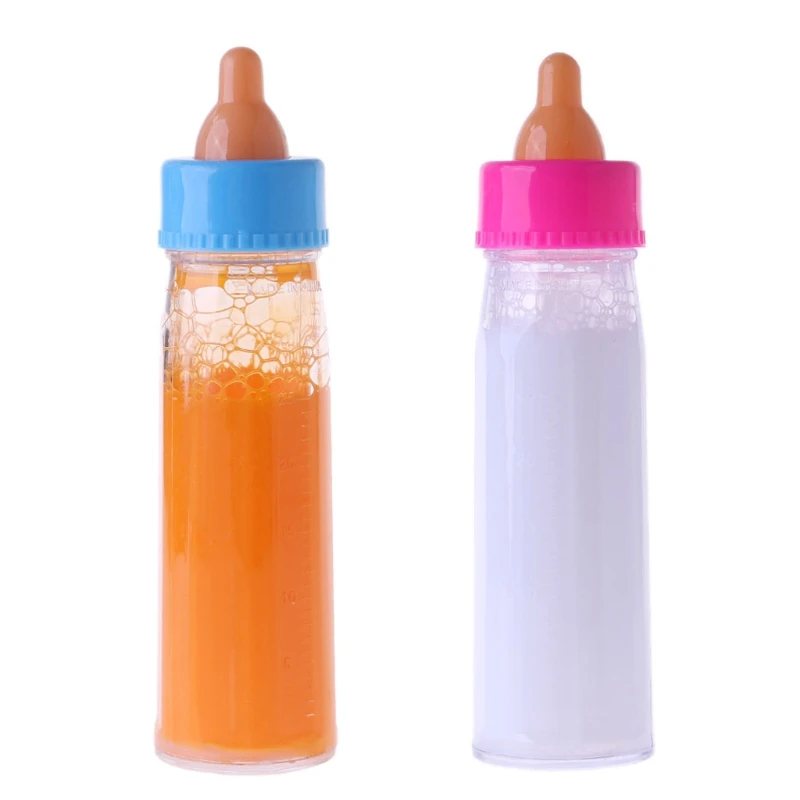 By the way, I’m not endorsing any of these products, just using names that I am familiar with and have worked for me. If you are using other products or there are other products out there that work for you, by all means, use them. I’m not getting a kickback from anyone!
By the way, I’m not endorsing any of these products, just using names that I am familiar with and have worked for me. If you are using other products or there are other products out there that work for you, by all means, use them. I’m not getting a kickback from anyone!
Nursing of young ungulates
Nursing of red deer (red deer) in artificial conditions
I must say right away that my personal experience in this area is not very great - we (so far) raised only one baby red deer to its feet. But at the very beginning we faced a huge problem - we could not find information anywhere that would help us out. Actually, that's why I came up with the idea to write a short guide for those who still have to enter in the search engines "how to feed a red deer cub."
First you need to determine the age of the animal. Our Yashik came to us through second hands, so only a veterinarian could reliably determine his age - 6-7 days. So, how does a red deer cub look like at a week of age:
So, how does a red deer cub look like at a week of age:
Height at the withers: 64 cm
It still does not stand very well on its legs, they are slightly curved with the letter X. Often “cries”.
Teeth: back (if I may say so) not yet, front 8 (now Yasha is already 2 months old, but the front is gone), they are all below. 2 in the center are very large and funny :o) the rest are quite small.
Weight: 10-12 kg (but this is taking into account that he was fed incorrectly all his first week)
By the way, it will be useful to understand who is in front of you - red deer or spotted deer. They are often confused. The red deer is larger (against our 65 at the withers - 45-50 in the sika deer, weight approx. 4-6 kg). The head is large, the ears are elongated. I would compare them with the length of the nose from the tip to the eyes. The deer has a neat muzzle with VERY large round ears. Now as for the coloring. It should be noted that everyone has spots. In deer, they are located along the ridge and will come off after the first molt in October, while in spotted deer they are all over the body and will remain for life.
In deer, they are located along the ridge and will come off after the first molt in October, while in spotted deer they are all over the body and will remain for life.
In red deer the spot under the tail is yellow and small, dimly outlined. In a deer, on the contrary, it is white, wider and strikingly different in color from the general background.
And now the most important thing - about feeding. Or is it more correct to say feeding .
Golden rule: don't overfeed. Feeding and deer and deer is a fractional milk supply. We gave cow's milk (necessarily boiled!) With the addition of water and infant formula "Malyutka 1" (one - that is, from birth).
Mixture: 1 liter of milk, 8 measuring spoons of formula, 0.5 liters of water. For the first 2 weeks, you need to feed 8-10 times a day, 100 g of the resulting mixture. It is better to use a bottle with a simple (not the most expensive) elongated nipple. By the way, because of the structure of the jaws, the deer did not recognize the Aventa's nipple so respected by the mothers. Of course, it is better to warm up to 36-38 degrees. You can check the temperature in the same way as for children - a drop on the bend of the elbow.
Of course, it is better to warm up to 36-38 degrees. You can check the temperature in the same way as for children - a drop on the bend of the elbow.
After the second week, give about 150 ml of water during the day between feedings. Once a day, we gave lightly salted (1 teaspoon without top per liter of boiled water). Now we feed 8 times a day, 250 ml each.
At the age of three weeks, a red deer was drunk with a five-day course of the Vetom-2 probiotic (I won’t say why exactly “2”, but that’s how we were determined in the veterinary clinic). Dilute one sachet in 200 ml of water, divide in half and give twice a day one hour after feeding (so you will need 5 sachets)
Month. At this age, you can transfer from a baby bottle to a cow bottle (for feeding calves - sold in veterinary stores). No, of course, you can continue to drink from a small one, but it will be tiring - you need to fill it several times for one meal or have 4 at once. At the same time, we began to feed Yashechka with Kormilak whole milk substitute. Its cost in Primorsky Krai ranges from 1900 to 2400 for a 25 kg bag. This amount is enough for about 2 months. The first days we add kormilak to cow's milk, but we cancel the infant formula (i.e. it turns out 1 liter of milk + 0.75 ml of water + 100 g of kormilak), then (well, say, on the fifth day) we give pure kormilak, i.e. . at the rate of 1:9, as written on the package. I weighed a plastic container on a culinary scale, it turned out to be 200 gr, i.e. almost 2 liters of water. At the age of one to two months, his daily intake increased from 2.5 to 4 liters of formula per day, and the frequency of feeding decreased from 6 to 4 times.
Its cost in Primorsky Krai ranges from 1900 to 2400 for a 25 kg bag. This amount is enough for about 2 months. The first days we add kormilak to cow's milk, but we cancel the infant formula (i.e. it turns out 1 liter of milk + 0.75 ml of water + 100 g of kormilak), then (well, say, on the fifth day) we give pure kormilak, i.e. . at the rate of 1:9, as written on the package. I weighed a plastic container on a culinary scale, it turned out to be 200 gr, i.e. almost 2 liters of water. At the age of one to two months, his daily intake increased from 2.5 to 4 liters of formula per day, and the frequency of feeding decreased from 6 to 4 times.
Grass . I wondered for a long time when to start feeding with grass. But everything turned out to be easier - Yashichek himself reached for the raspberries. And off we go. Most of all he liked dandelions, grapes, raspberries. Then come beets, ash leaves, currants. And he also loves berries terribly: o) Honeysuckle, strawberries, currants, raspberries, irga - everything goes with a bang. At the same time, the apples directly spits out. You can give pureed vegetables as a substitute for grass.
At the same time, the apples directly spits out. You can give pureed vegetables as a substitute for grass.
Faeces. Normally, he is like a goat - balls. Our pet had diarrhea at first. Wrong food - diarrhea, did not boil the bottle - diarrhea, overfed - diarrhea again. What to do. Give less food and carefully monitor the sterility of dishes.
Dehydration On the second day of life at my house, the veterinarian diagnosed us - Yashka refused to eat, could hardly stand on his feet. He was given a dropper in the neck (do not do it without a specialist!) with saline through a butterfly 4-ku, 200 ml + half a bottle of glucose. He almost immediately got to his feet, but it was impossible to feed, it was possible to give saline in the evening and replace one meal with it the next day. In general, having a doctor in the family, on the second day we were ready to repeat the drip on our own, but, fortunately, it was not necessary. In order to prevent, see above, drink salted water daily.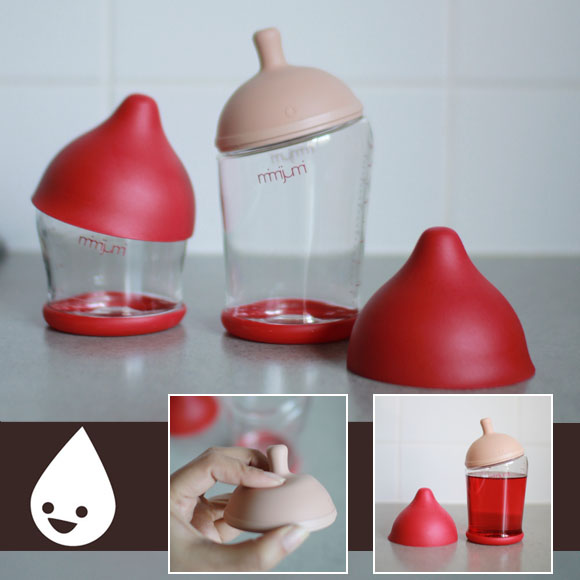
Arrangement places. Here, of course, the more the better. Yasha had to live in an open chicken pen, 3x8. The size, frankly, is not great. Net height 3.5 meters. It is necessary to make a small canopy, 1.1-1.2 m high, with a roof and without one wall - so that it can enter freely, cover the floor with hay, which needs to be changed regularly (because they defecate, most often, under themselves).
General recommendations. The life of these small, defenseless creatures is in your hands. Therefore, it is important to decide what will happen to them when they are ready to exist on their own: do you intend to give it to the zoo / zoo / safari park or plan to release it into wildlife. The permissible frequency of contact with the animal depends on this. If he is destined for the fate of a wild beast, then do not allow strangers to approach him, i.e. he should know only those 1-2 people who care about him. But you need to remember that even with this option, it is vital for him, no matter how pathetic it may sound, closeness and warmth, a sense of security - when you feed him, do not be lazy to stroke and talk - he will soon begin to recognize your voice. If you are not going to let go into the wild, then you need to hug the first 3-4 weeks as often as possible - you yourself will see how it calms him down.
If you are not going to let go into the wild, then you need to hug the first 3-4 weeks as often as possible - you yourself will see how it calms him down.
Mum&Baby / Feeding bottle 60 ml with deer teat
0.0521501221 c
Baby Me - clothes, supplies, toys for babies Purchase Bottles and accessories Collection
Feeding bottle 60 ml with deer teat
Article 5161807
Organizer Anushka 21.3
Brand Mum&Baby
Ask a question Find reviews Buyer Protection
Ask a Question
Go to Headbands
Go to Baby Drinkers
Go to Feeding Bottles
Go to Baby Feeding Products
Go to to category "Child Safety"
Go to category "Baby Drinker"
Go to category "Baby Feeding Products"
Go to the category "Dresses and sundresses for girls"
Soother holder "Rings", silicone, green
Go to category "Educational toys and games"
A set of bibs for feeding from terry "For the baby" size.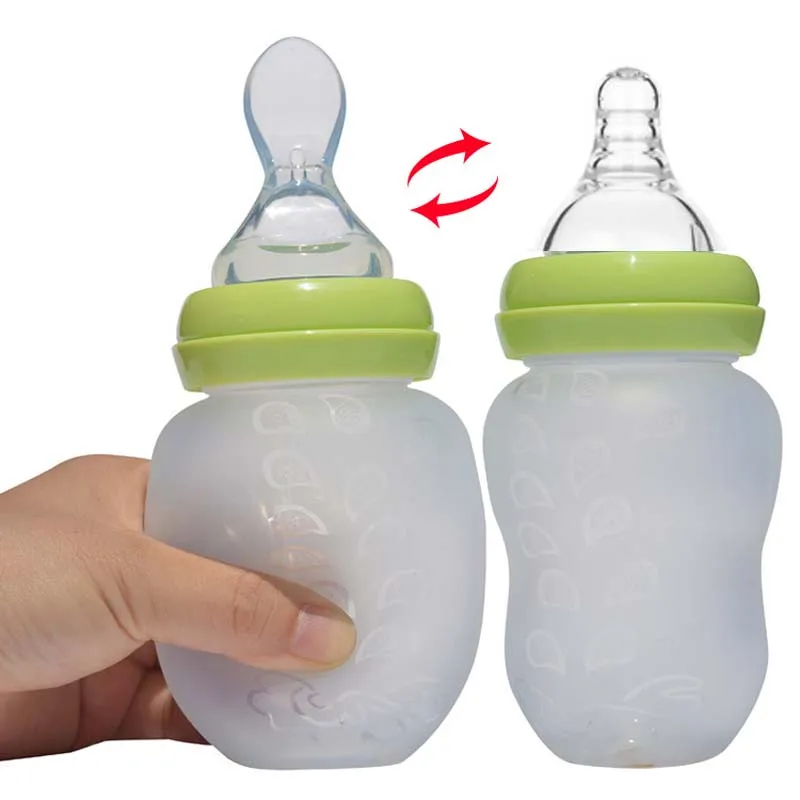 20*20cm, 2 pcs
20*20cm, 2 pcs
Go to category «Oilcloths»
Show all reviews
Promo
Merchant 20.7
7 Fast purchase with delivery time up to 7 days. In such purchases, you do not need to wait for the order to be confirmed. You place an order and immediately pay for it.
Shampoo and hair balm Koumiss and Kefir
Shipping within 7 days
AnteyShop 18.7
2 Fast purchase with delivery time up to 2 days. In such purchases, you do not need to wait for the order to be confirmed. You place an order and immediately pay for it.
In such purchases, you do not need to wait for the order to be confirmed. You place an order and immediately pay for it.
Outerwear from Yaroslavl from 2 to 10 years
Shipping within 2 days
Aylik 20.3
3 Fast purchase with delivery time up to 3 days. In such purchases, you do not need to wait for the order to be confirmed. You place an order and immediately pay for it.
Baby clothes. Huge income. Super prices
Shipping within 3 days
Arachne 21.





